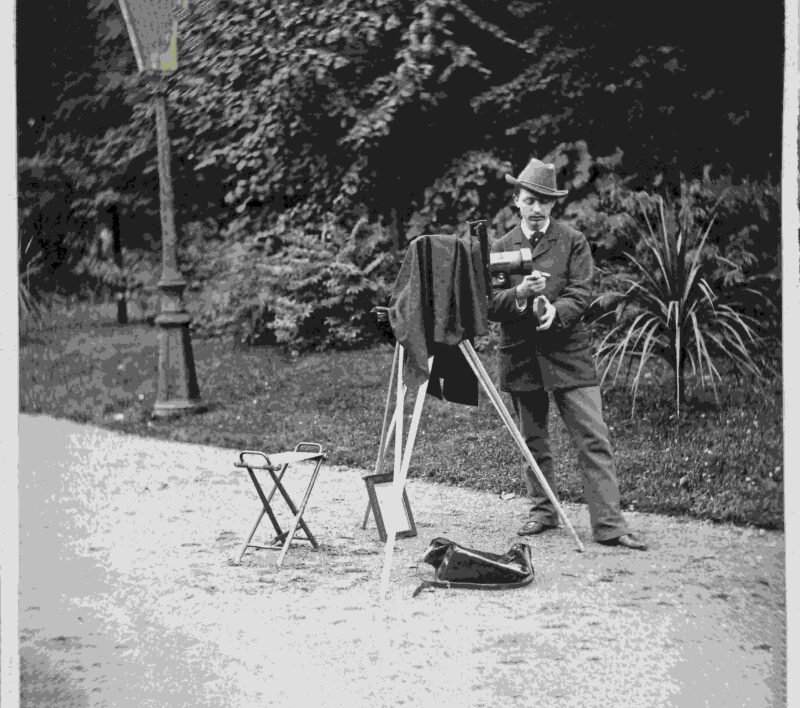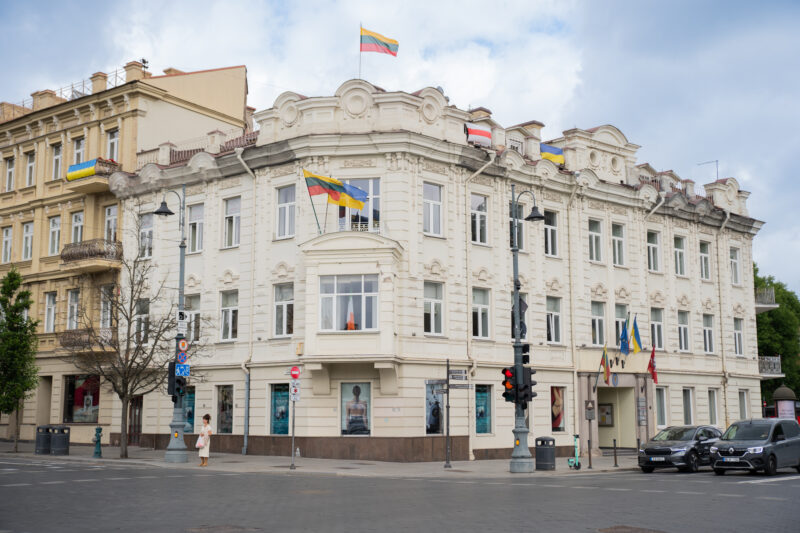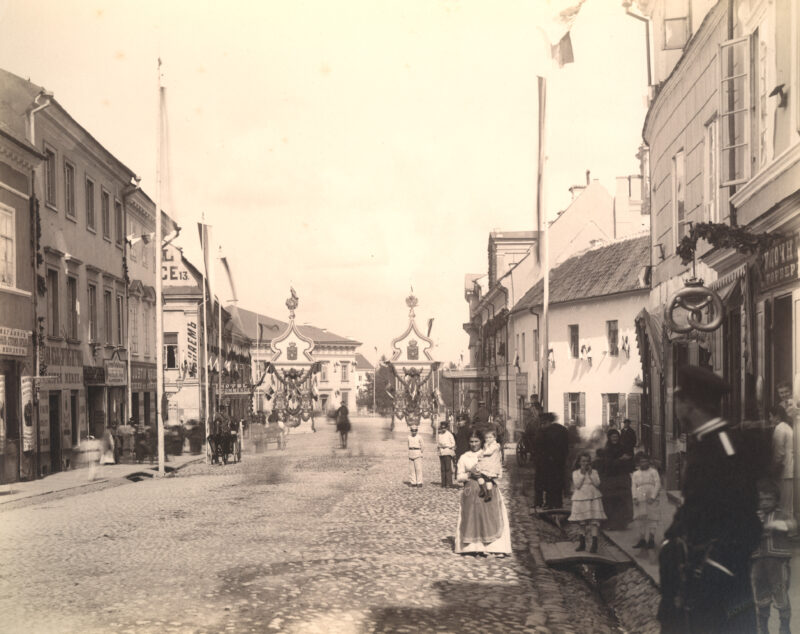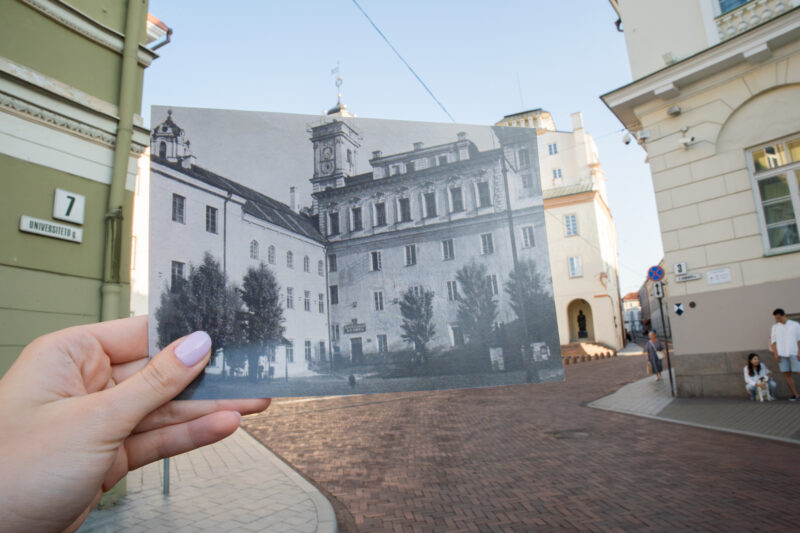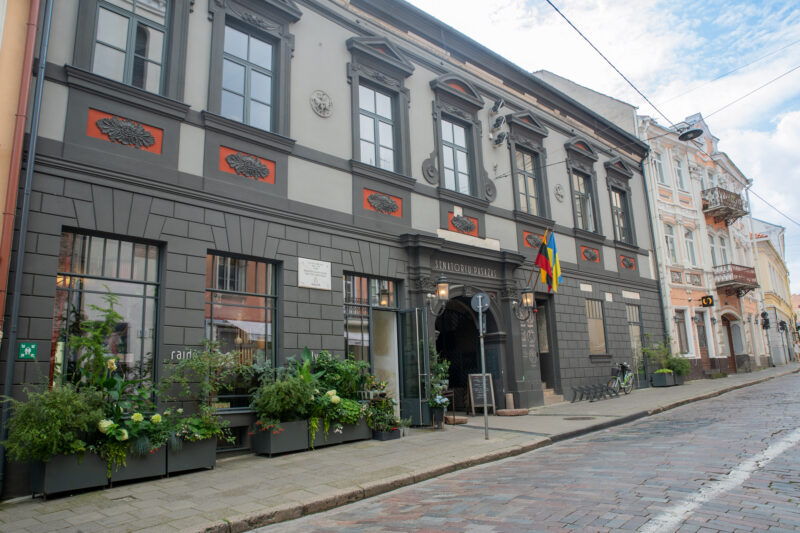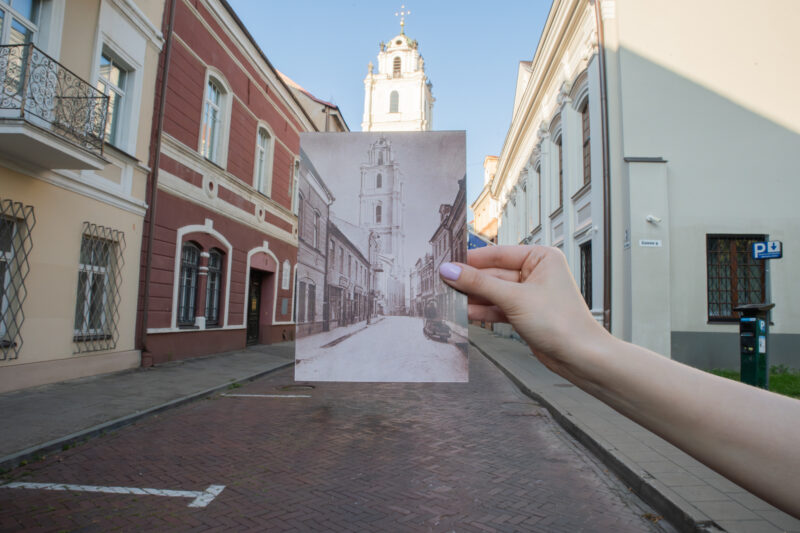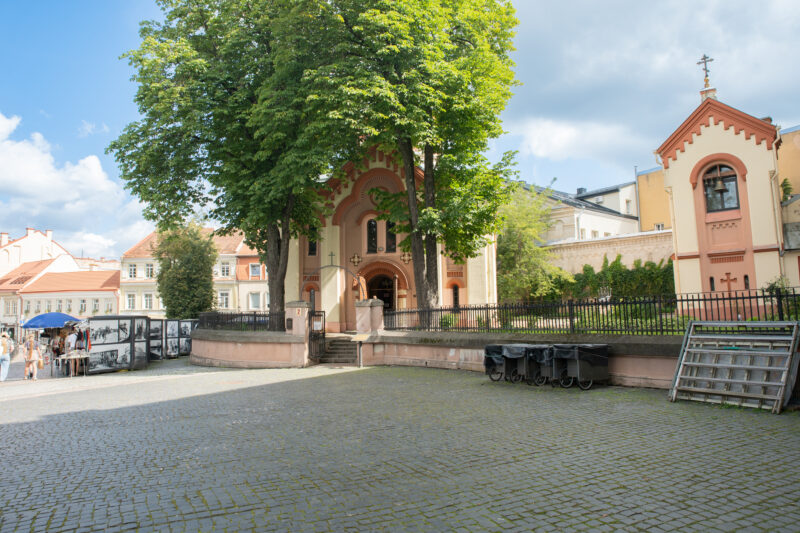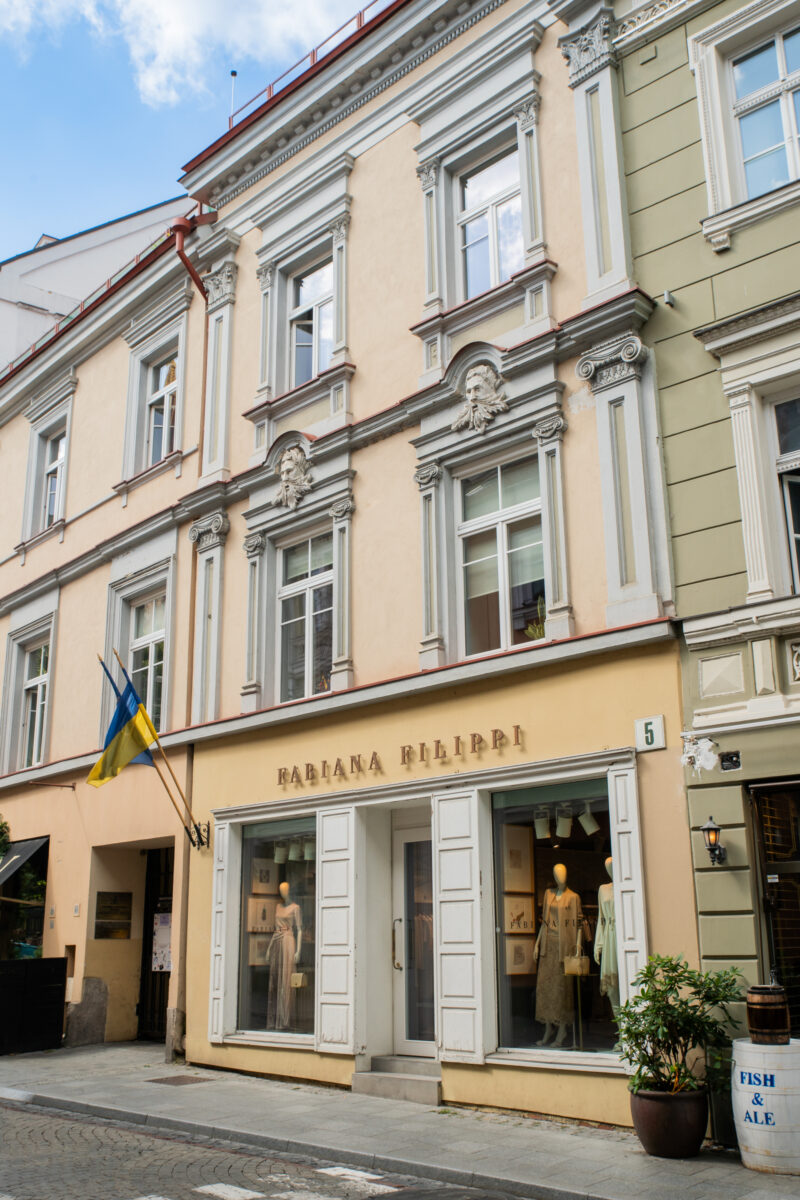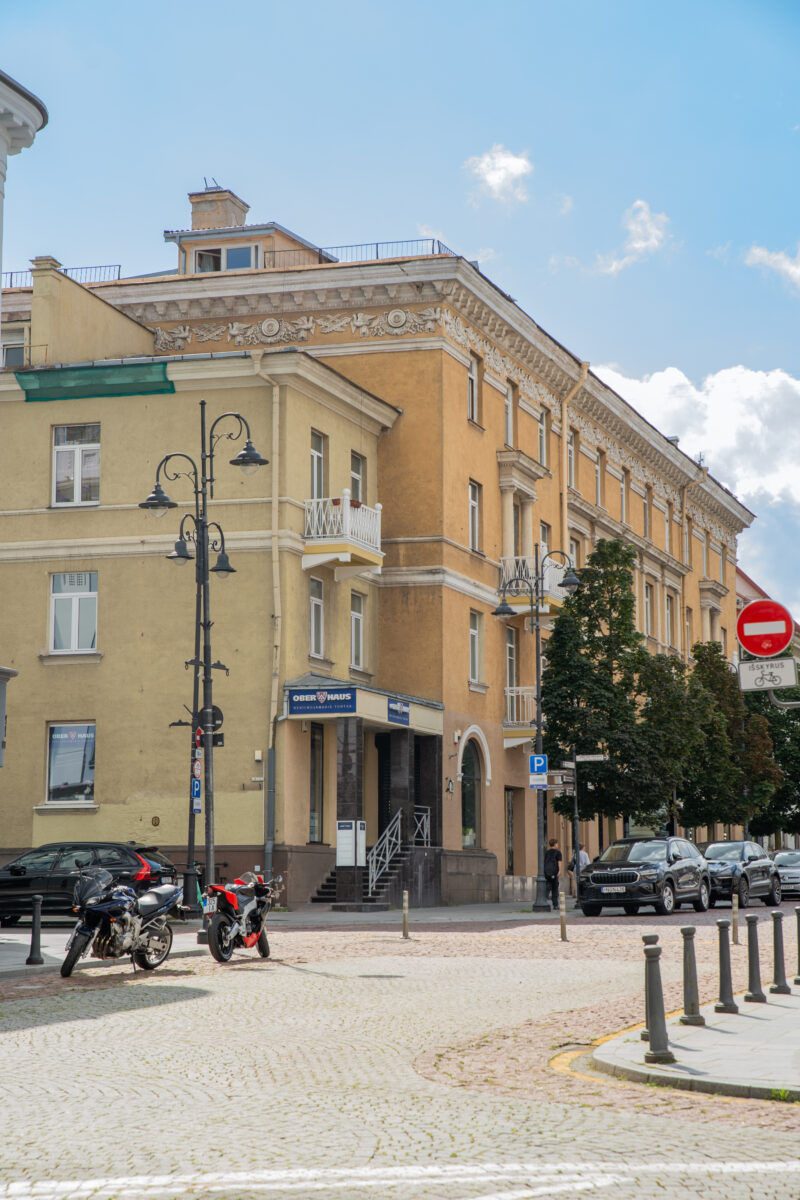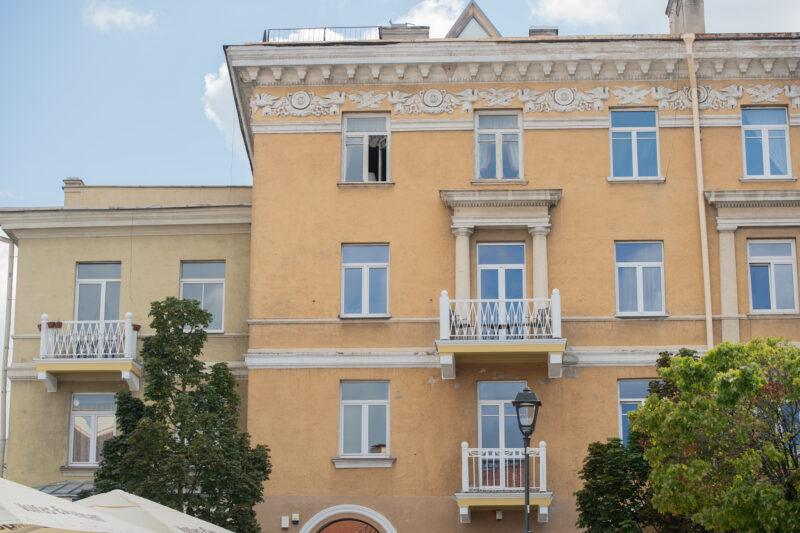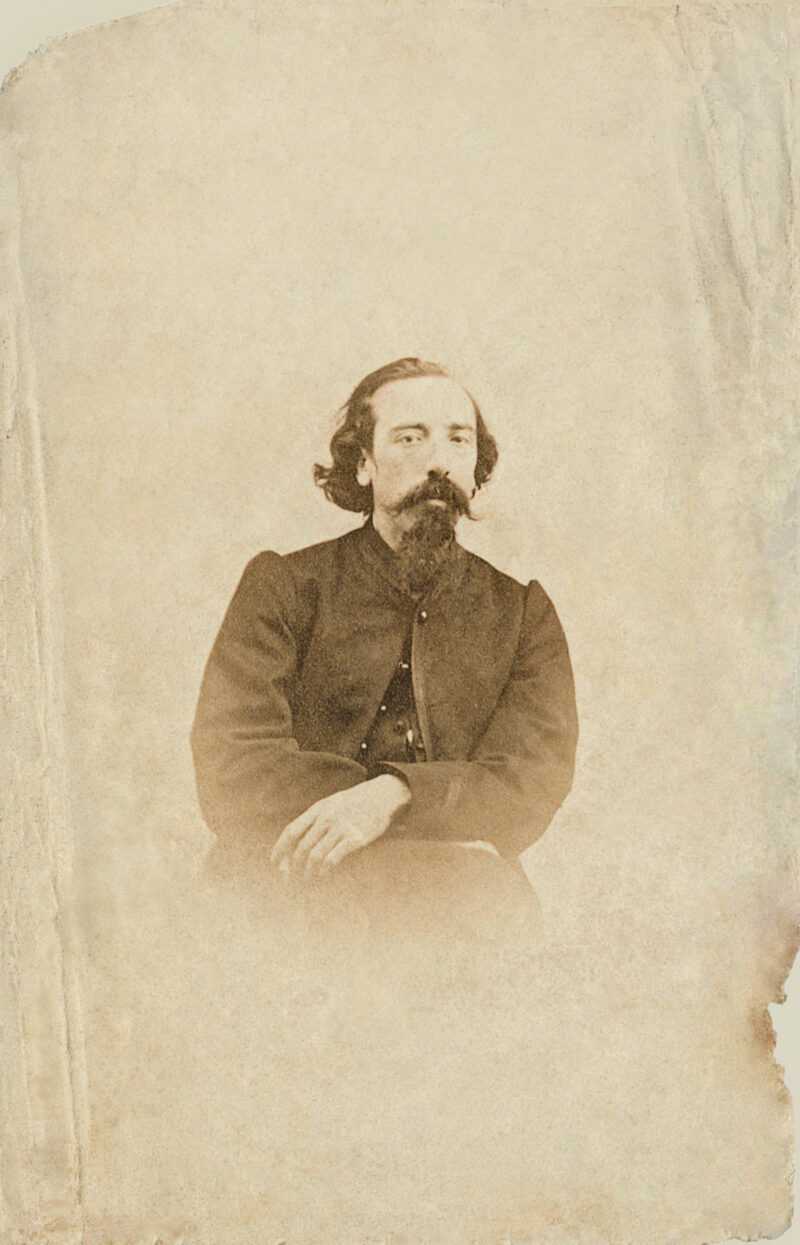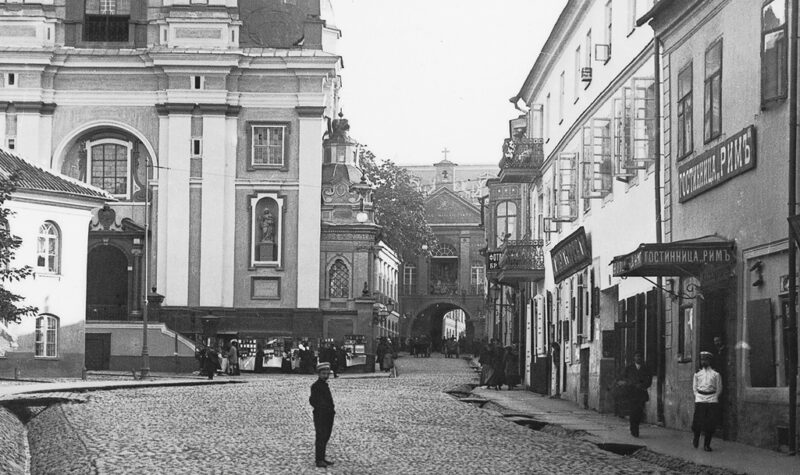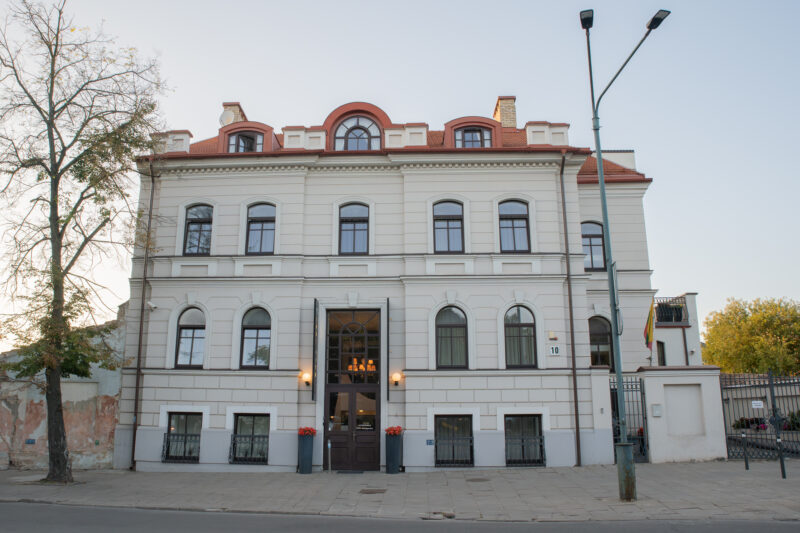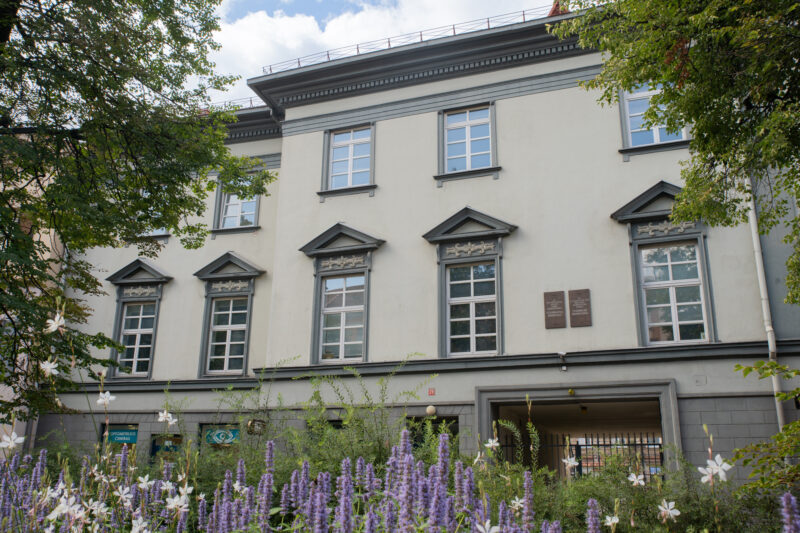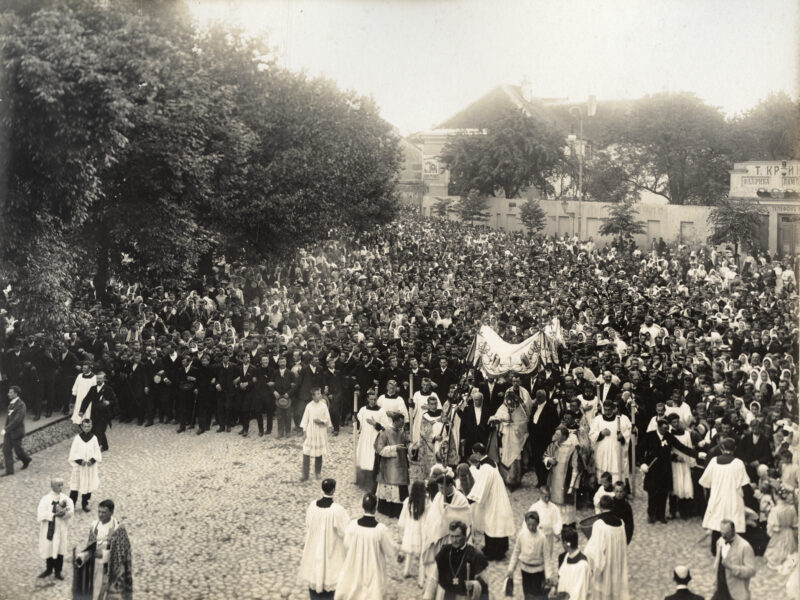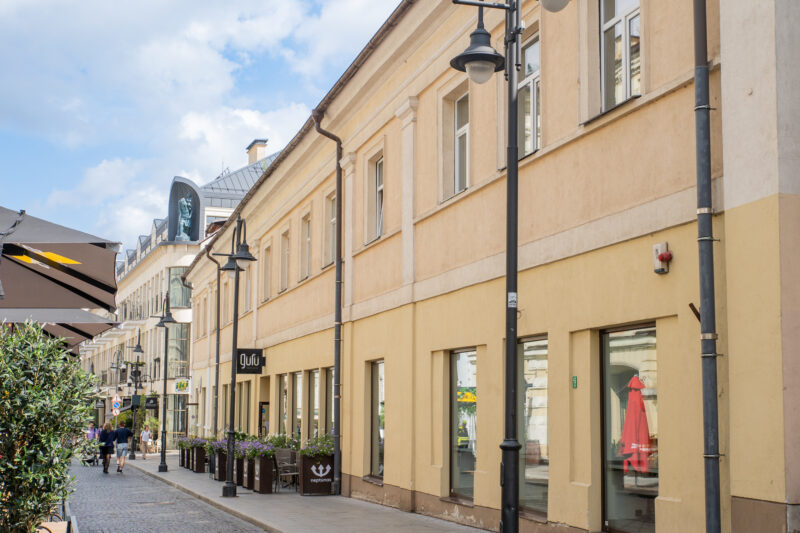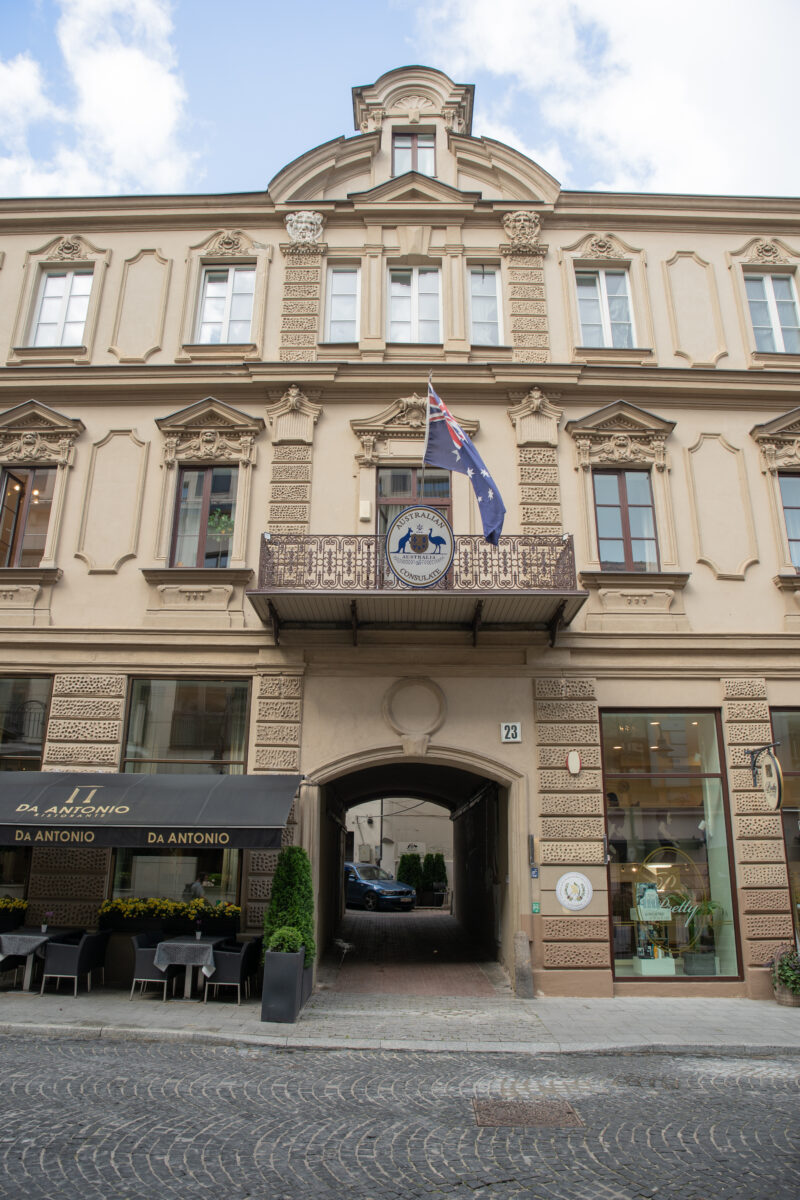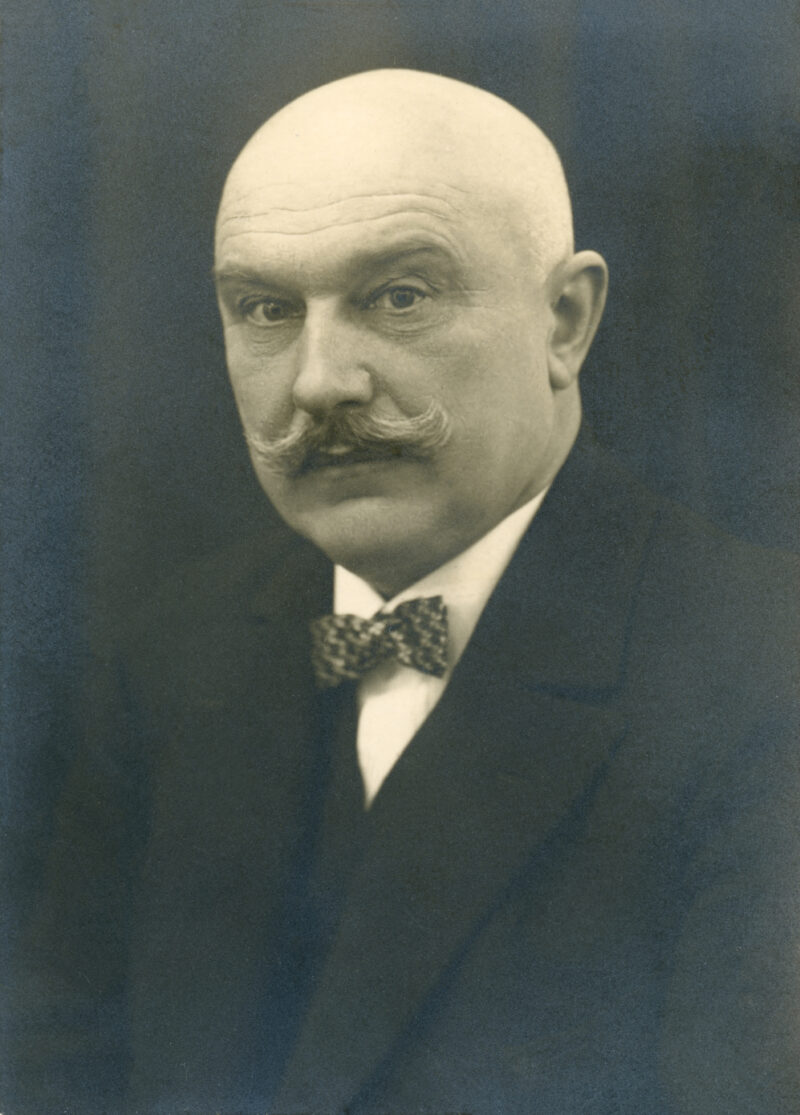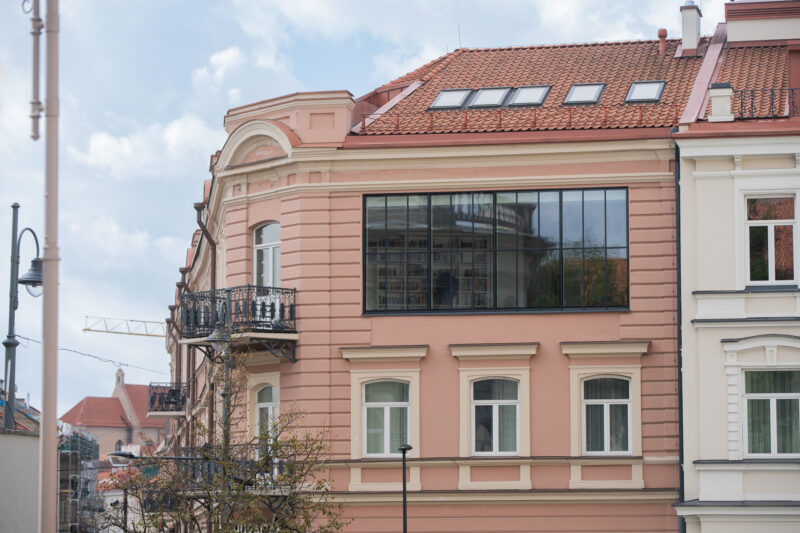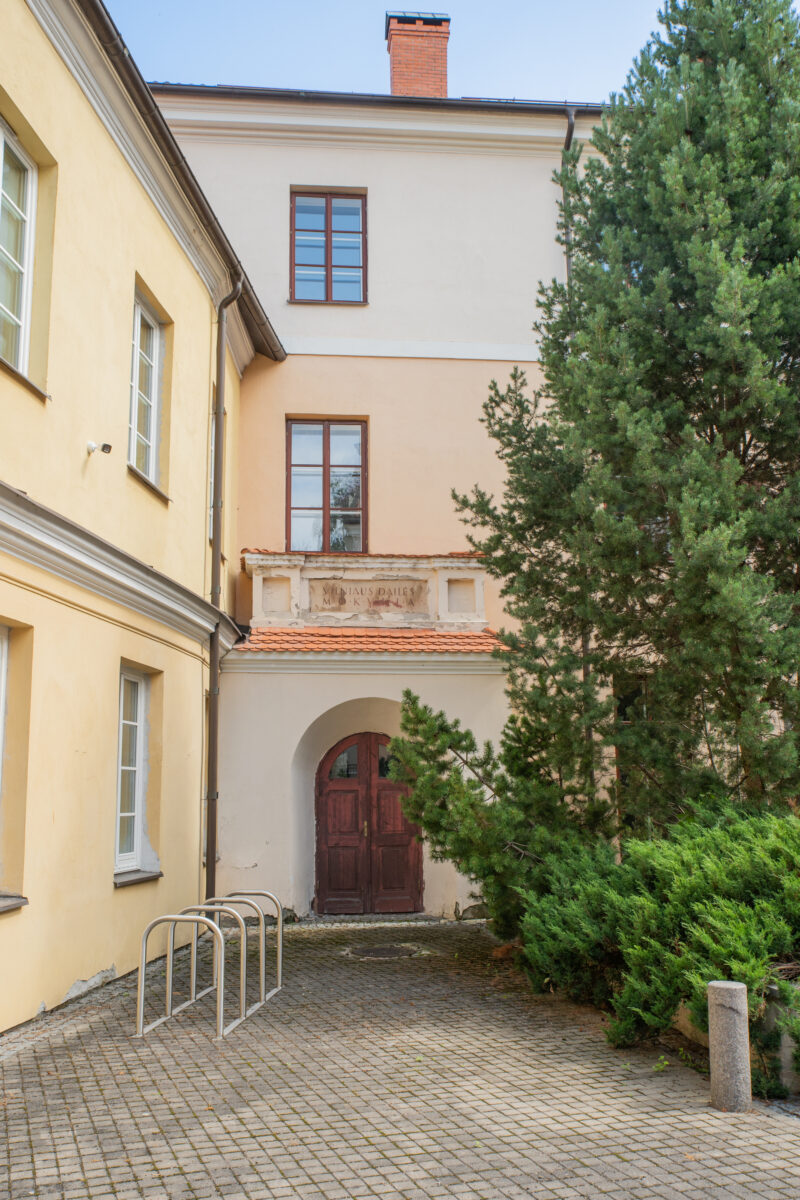Cultural researchers often note that various global phenomena and innovations reach Lithuania somewhat belatedly, but there are a few exceptions – Baroque architecture, the first operas, and photography!
In January 1839, Frenchman Louis Daguerre created the first daguerreotype, and just six months later, this innovation reached Vilnius. Over the next few decades, photography spread around the world, and Vilnius became a regional photography centre, following Paris, one of the world’s photography centres. Photography studios began to open here, townspeople had their pictures taken alone or with family members, and photographers also began capturing images of the city. Unfortunately, during the 1863 uprising and the repressions that followed, four of the nine photographers’ studios operating in the city were closed after searches, during which negatives were confiscated and destroyed, and some photographers were exiled. Even decades later, some photographers were still prevented from setting up studios and were not issued permits to take photographs in the city.
In 1898, there were 16 photography studios with laboratories in Vilnius, and just before World War I, there were as many as 19. There were also six photography equipment shops, where you could purchase cameras, lenses, and other equipment and services. The statistics show how much Vilnius residents loved to be photographed: in 1904 alone, Vilnius photographers ordered 54,900 photo cards (cardboard cards with drawings and studio logos) manufactured at the Talbot factory in Vilnius, although some of these cards were purchased in Vienna, Berlin, St Petersburg, and Warsaw.
In Vilnius, we not only enjoy taking photos and capturing events or buildings, but we also appreciate being able to look at old photo albums and postcards depicting the city in the 19th and early 20th centuries, its streets, squares, parks, houses… This route is dedicated to Vilnius photography, the most famous photographers of the old city, and the places they immortalised.



